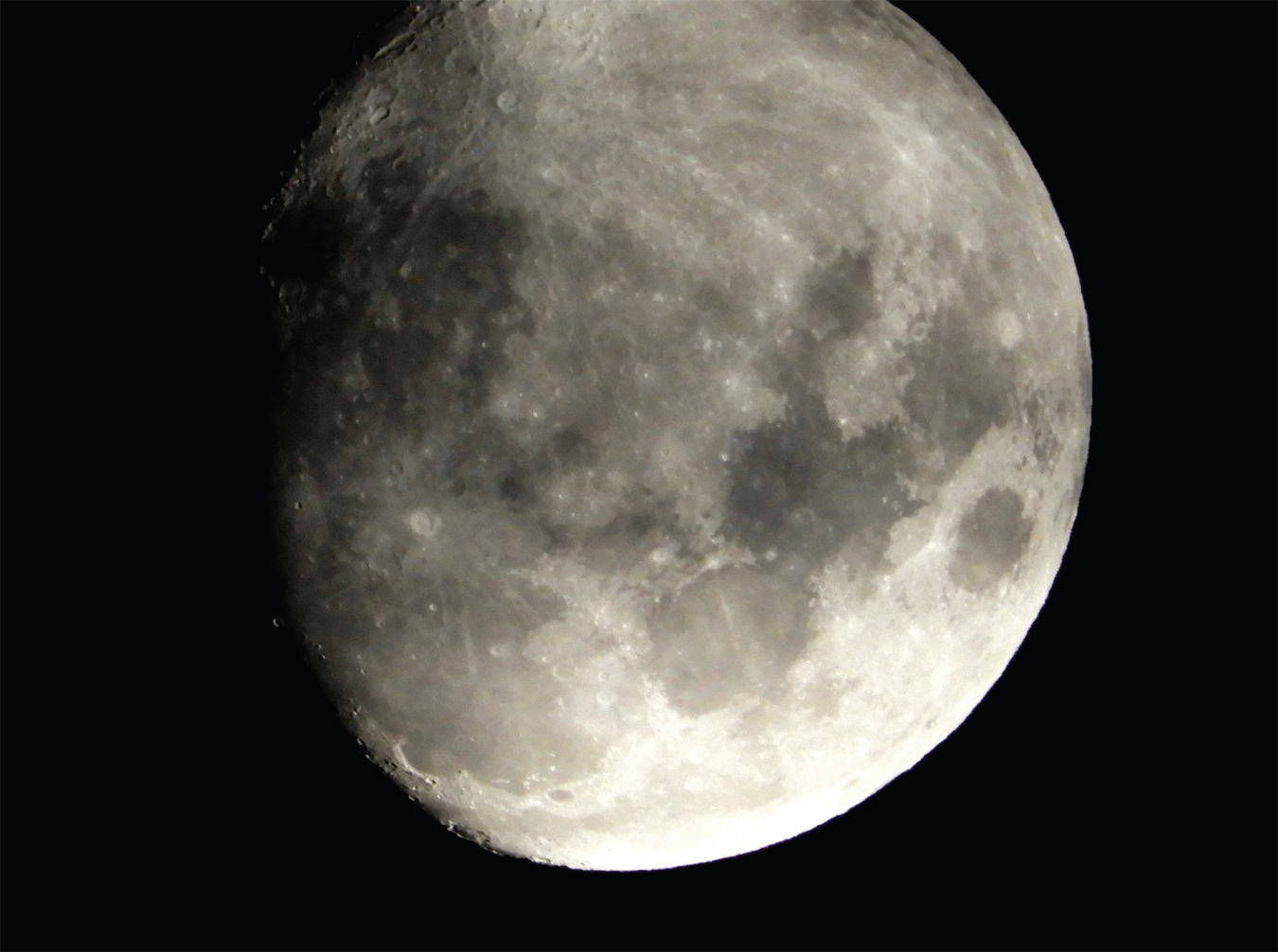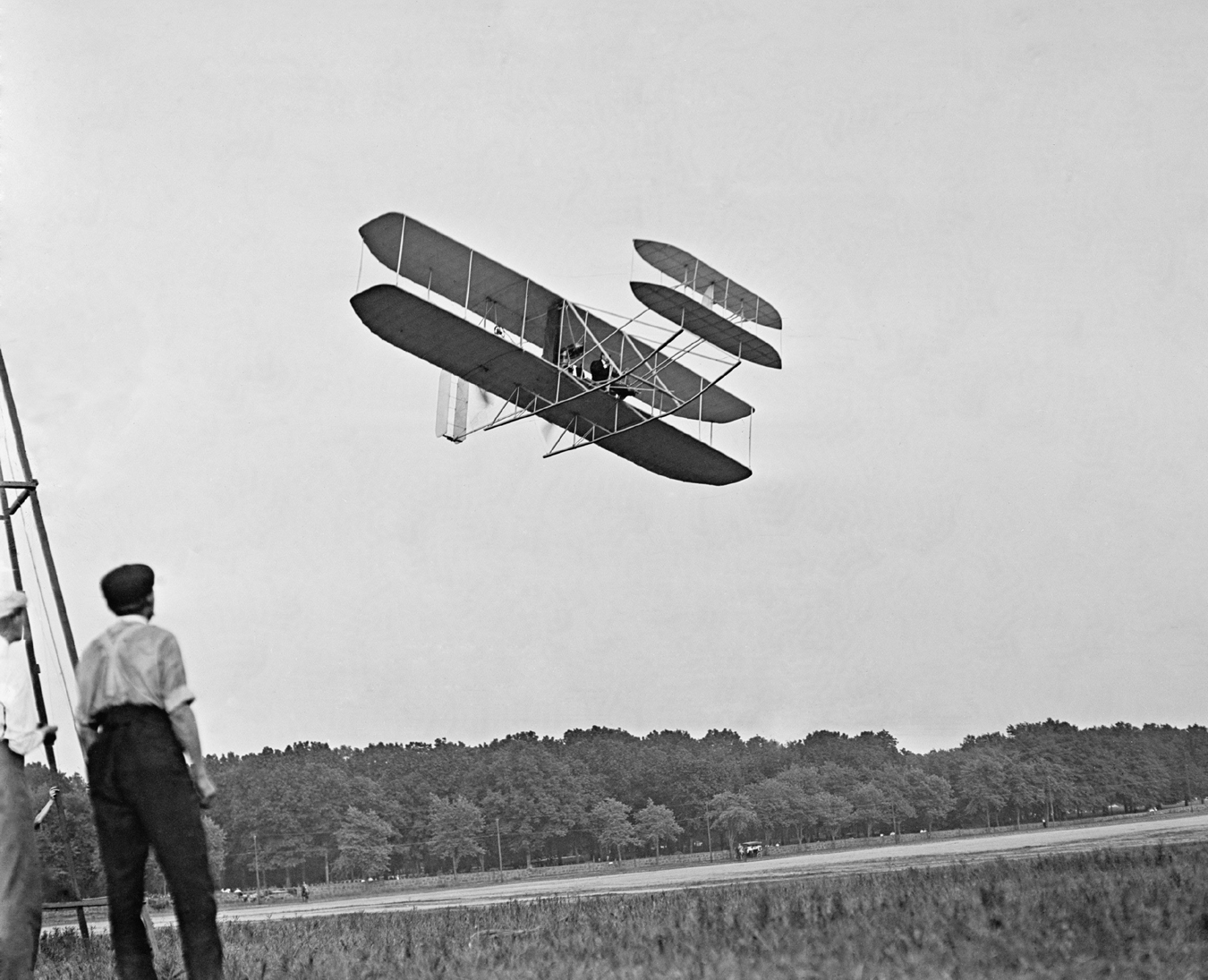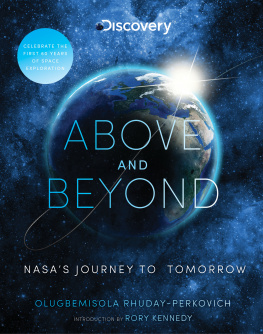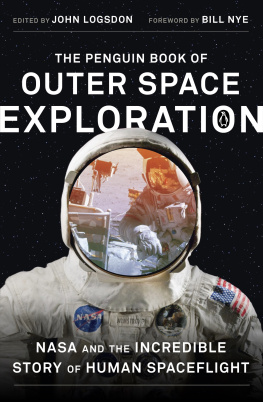Contents
Guide

ABOVE AND BEYOND
NASAS JOURNEY TO TOMORROW
OLUGBEMISOLA RHUDAY-PERKOVICH
WITH INTRODUCTION FROM RORY KENNEDY

The author and publisher have provided this e-book to you for your personal use only. You may not make this e-book publicly available in any way. Copyright infringement is against the law. If you believe the copy of this e-book you are reading infringes on the authors copyright, please notify the publisher at: http://us.macmillanusa.com/piracy.

TONIGHT, LOOK OUTSIDE your window or maybe step outside your front door. Stand in your yard, on your sidewalk, on your street, and gaze up at the stars. Space is all around youand for as long as humans can remember, women and men, girls and boys, have stood and stared up into the sky and wondered:
Where do we come from? Are we alone? What will become of us?
Six decades ago, on July 29, 1958, the National Aeronautics and Space Administration (NASA) set out to answer those questions and many more. It was a bold undertaking. As my uncle, President John F. Kennedy, noted when announcing the moonshot, we do these things not because they are easy, but because they are hard, because that goal will serve to organize and measure the best of our energies and skills.
Our country was reaching out into the unknown with the hope of expanding human knowledge, on a mission to explore. And NASA sprung to life during an era of inspirational leadershipan agency that would represent the very best America had to offer and serve as a beacon for all the world.
Much time has passed since then, but certainly NASAs vigor and dedication have never wavered. In fact, part of the reason for publishing this book you are now holding, and for making the documentary that accompanies it, was to take stockto pause and look back over the last sixty years and look forward to the nextto examine NASAs ongoing commitment to dreaming big and all that their dreaming has brought us.
Human beings have landed on the moon, built the International Space Station, and survived long-duration spaceflight. Robotic orbiters, landers, and rovers have toured the solar system, discovered water on Mars, and headed off into intergalactic space. Space telescopes have found billions of new galaxies and gazed back hundreds of millions of light-years in time.
There is so much NASA has done and so much we now know because of NASAand tomorrow promises even more. The Space Launch System aims to make humans an interplanetary species; the James Webb Space Telescope hopes to show us the origins of the universe; the Mars 2020 Rover may enable us to bring back a piece of Mars. These are truly heroic endeavors, and the astronauts, scientists, engineers, and many others who are carrying out these missions are true heroes.
And in all this, in all these pages filled with courageous feats, amazing discoveries, and inspiring individuals, what has been for me the most impor-tant lesson?
The simple truth that the more we look out, the further we journey into spacebe it by rocket ship, satellite, or telescopethe more we learn about our own planet. This is, after all, where the title of my film and this book is derivedfor just as NASA travels beyond, so, too, it watches from above. As much as we have set our sights on space, we do so on behalf of Earth.
Ours is an extraordinarily unique planet. To date, we have found no other planet quite like it. We have found no other planet with life and no other planet capable of sustaining life.
NASA presently has over 19 different satellites studying the Earth. Along with aircraft and ground teams, the agency directly measures almost every aspect of our planets environmental systems. From melting ice caps to scorching wildfires, from dying coral reefs to parched farmlands, from thawing permafrost to rising coastal watersall that information has been streaming in over days, years, and decades to give us a comprehensive global view of our very complicated planet.
And this is as vital as anything NASA has ever done. It is data we share with the worlddata that has taught us all about the reality of climate change.
So, if you are looking out your window or perhaps standing in your yard, maybe your eyes are turned upward and you are gazing out at all those billions of stars, it is my belief that the most impor-tant thing the universe can teach us is about ourselves.
Where do we come from? Are we alone? What will become of us?
NASA continues to explore.
RORY KENNEDY

ON DECEMBER 17, 1903, Wilbur and Orville Wright made the United States the first in flight when they produced the first successful powered airplane. In freezing-cold weather, Orville Wright was airborne for 12 seconds and flew a total of 120 feet. The Americans had rockets. They had airplanes. The United States was ready to soar.
Not so fast, said other countries around the world. They wanted to get up, up, and away, too. And they did. By 1914, several European countries had passed the US in the development of airplane technology.
The race was on.
IT IS ROCKET SCIENCE, ACTUALLY
Used as a military weapon for centuries, rocketsor fire arrows as they were once calledwere originally fueled by gunpowder and had an impact reflected in the noise they made, which was described as thunder. As a teenager, Robert Goddard became fascinated by rockets after reading about them in H. G. Wellss now-classic science-fiction story, The War of the Worlds. Goddard began designing rockets himself, wondering how they could be made to travel to even greater heights. At the same time, a Russian teacher named Konstantin Tsiolkovsky was trying to solve the same problem. It wouldnt be the last time an American and a Russian would be in this situation.
Both came to the conclusion that a space-bound rocket would need liquid fuel, which was more powerful. Goddard went on to design and build rockets and suggested that one could be flown to the Moon. He was ridiculed for this proposal and kept his ideas to himself after that. But he kept on thinking and building, and on March 16, 1926, he flew one of his own rockets a distance of about 152 feetthe very first liquid-fueled rocket flight in known history.

Europe continued to develop its own interest in rocketry. German engineer Hermann Oberth wrote a book in 1923 titled The Rocket into Planetary Space. Many read Oberths work and dreamed of spaceflight; a teenager named Wernher von Braun did a little more than dream.
Von Braun went on to work with Oberth and then with the German Army during World War II, developing rockets for researchand as weapons. He refined his liquid-powered rockets, fueled by ethanol and liquid oxygen, and developed the A4 (or V-2) rocket, which was first launched on October 3, 1942. This successful send-off of a ballistic missile is said to be the start of the Space Age.











